#Gebrüder Thonet
Explore tagged Tumblr posts
Text
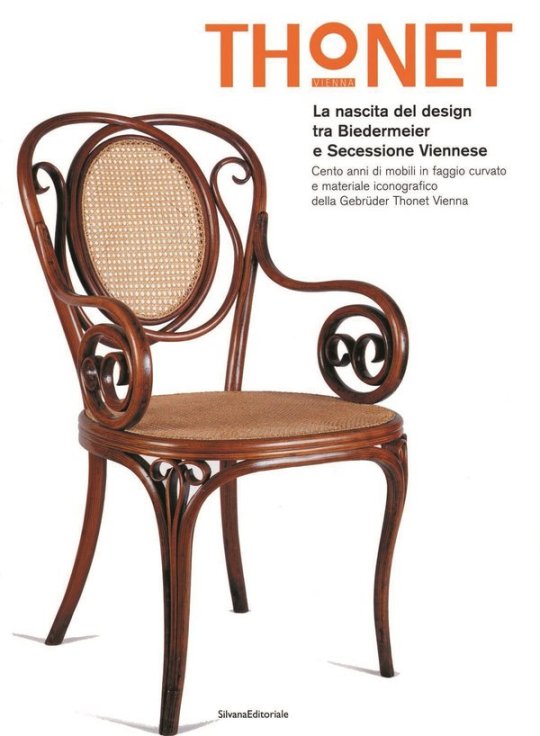
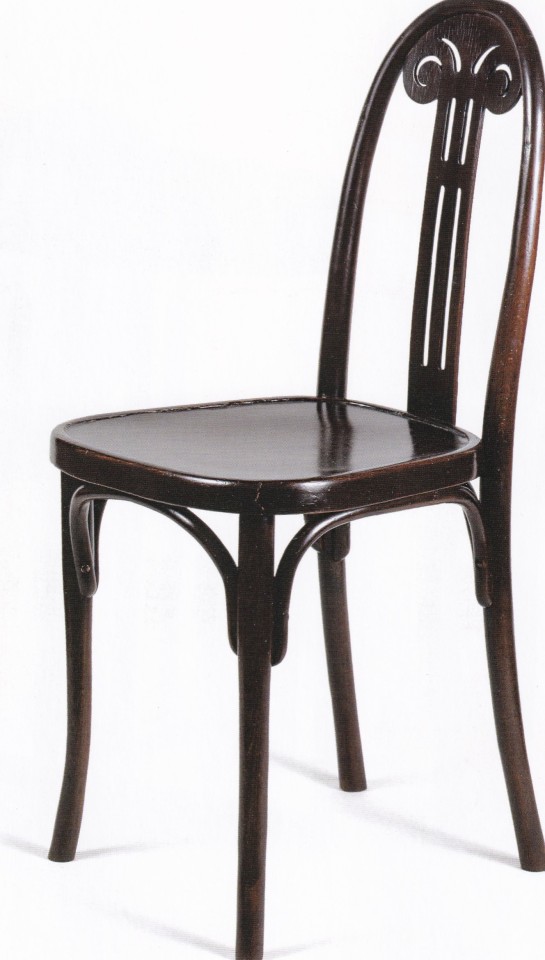
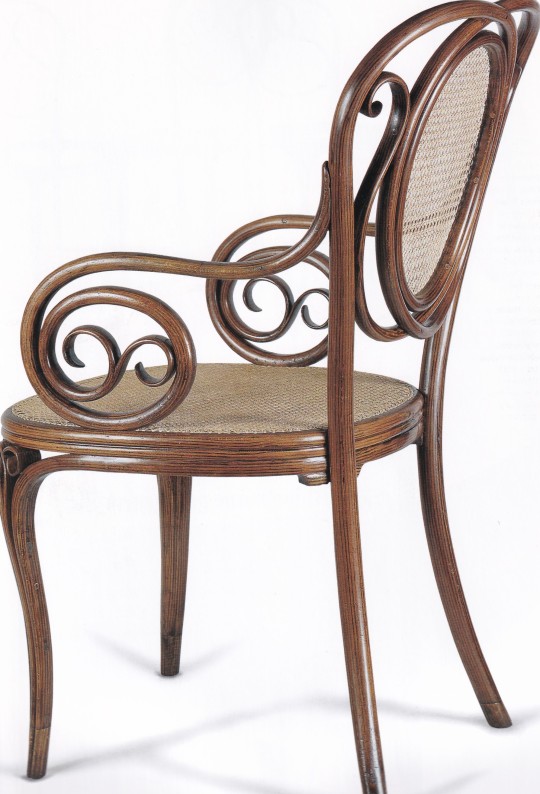
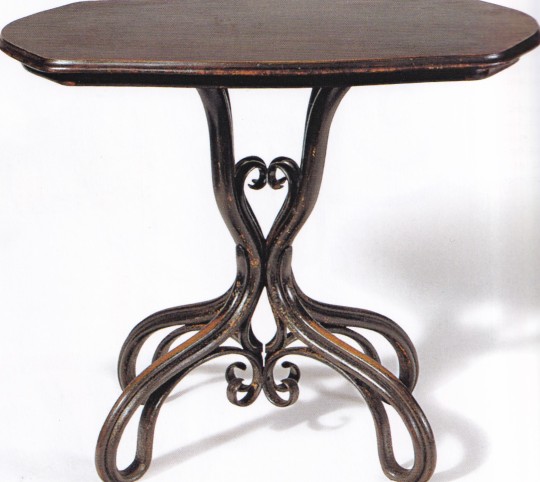
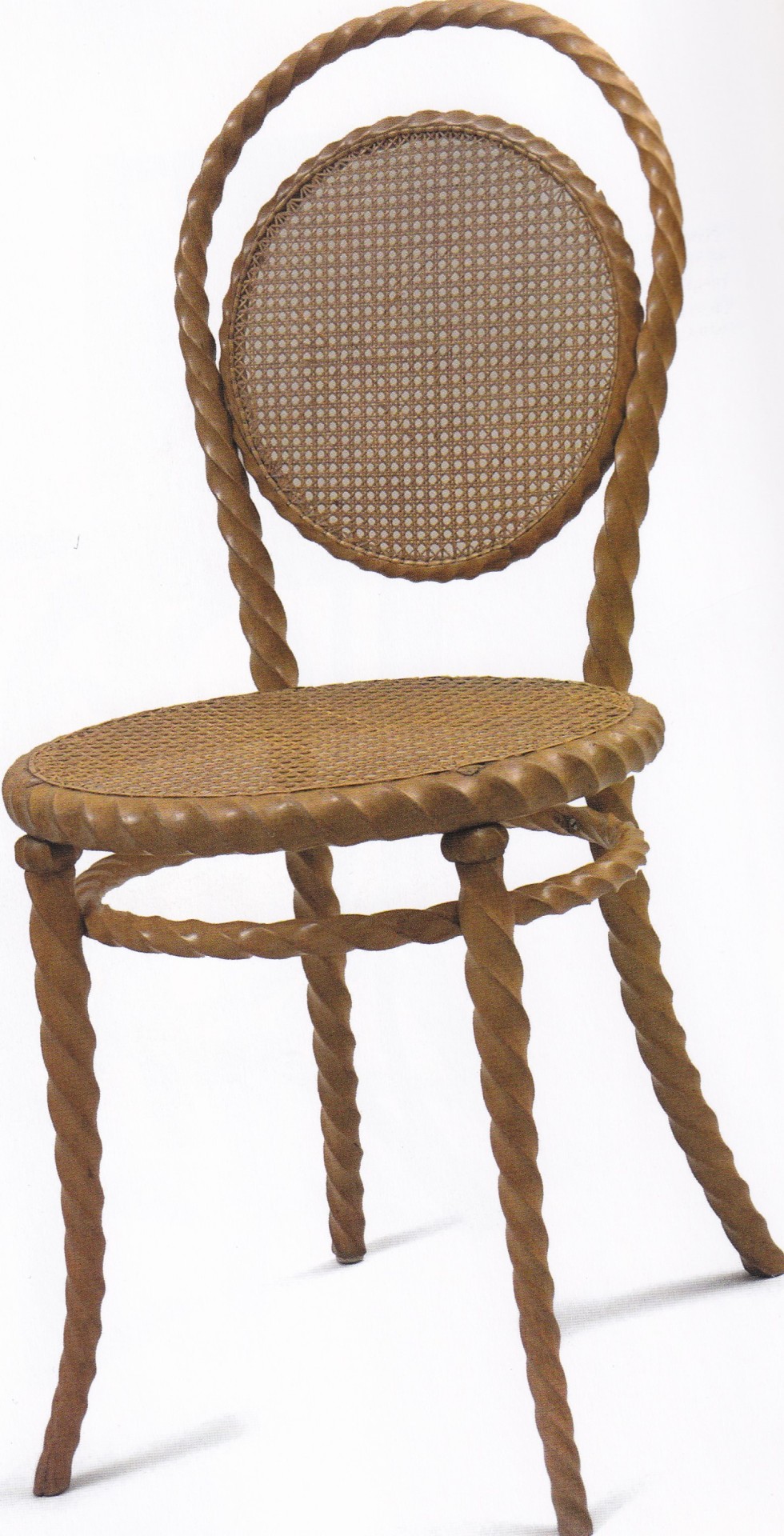
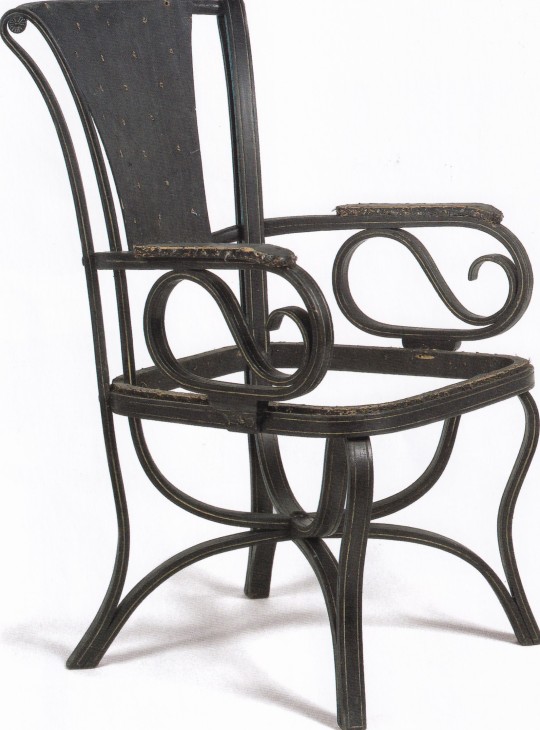
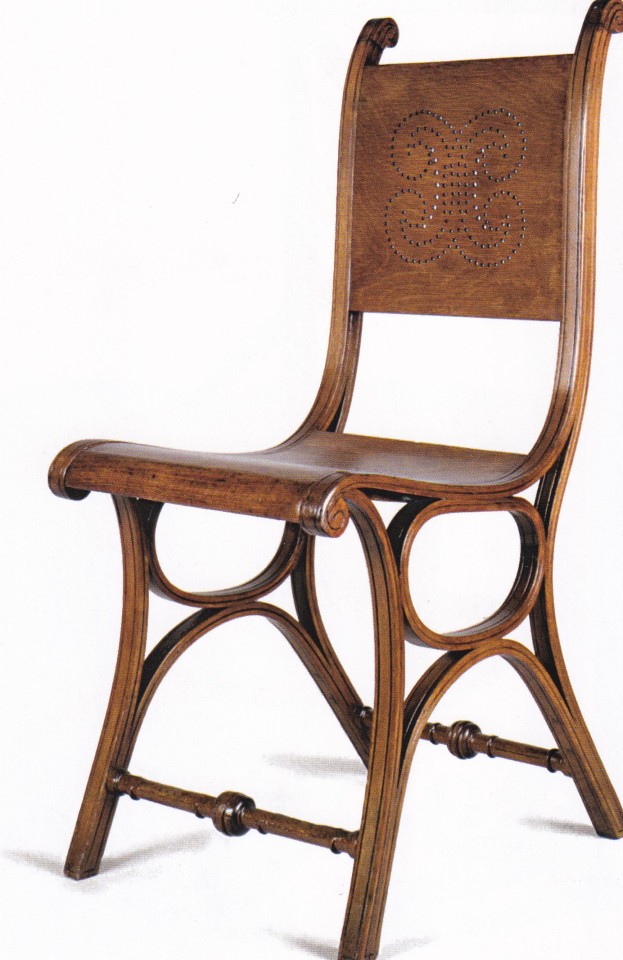
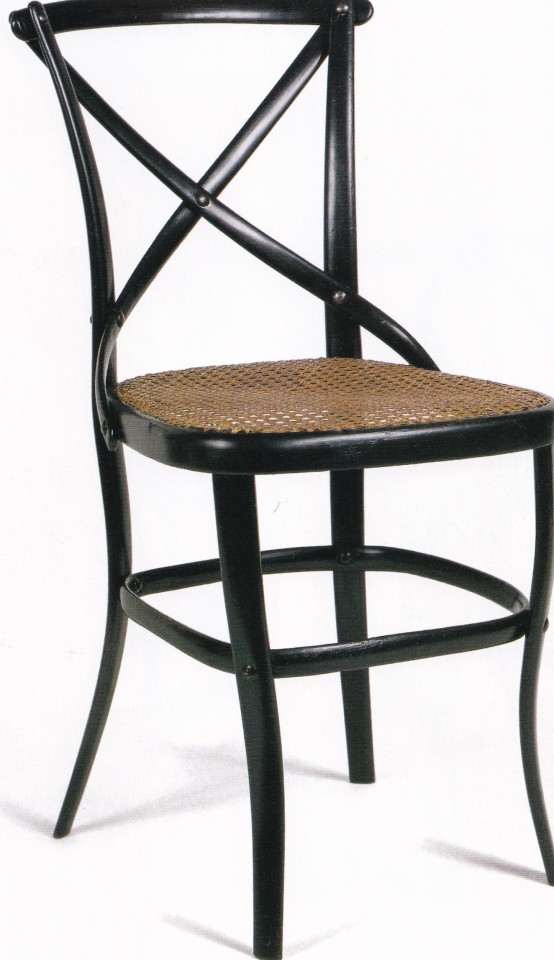
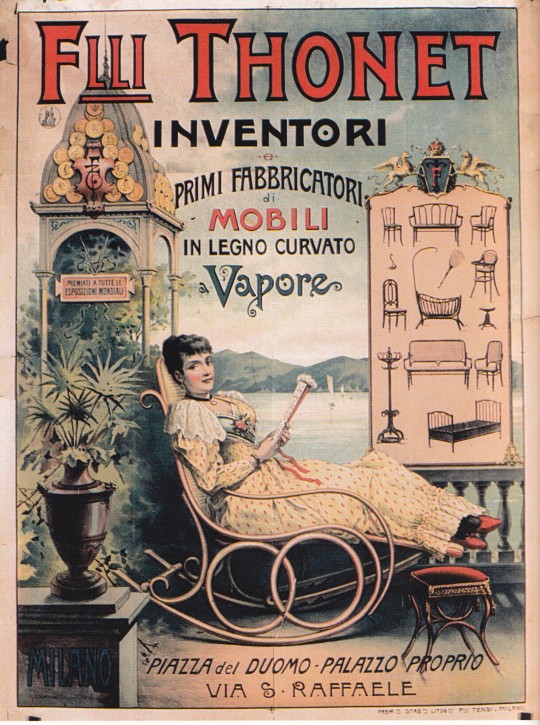
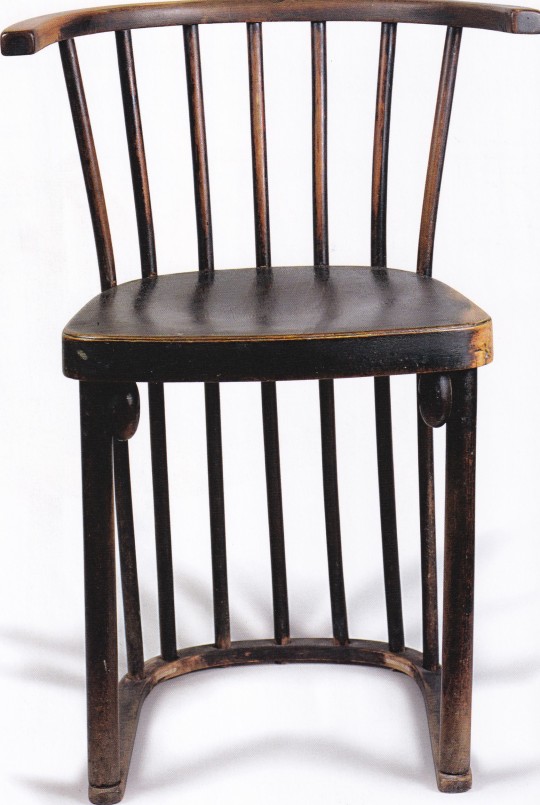

Thonet
La nascita del design tra Biedermeier e Secessione Viennese
Cento anni di mobili in faggio curvato e materiale iconografico della Gebrüder Thonet Vienna
a cura di Chiara Carafa Renzi e Giovanni Renzi, fotografie Studio Cigolini
SilvanaEditoriale, Cinisello Balsamo 2005, 64 pagine, 24x30cm, 40 ill.colori, ISBN 9788882158903
euro 35,00
email if you want to buy [email protected]
La pubblicazione, un agile fascicolo riccamente illustrato, accompagna l’esposizione allestita al Castello Sforzesco di Milano (11 marzo -24 aprile 2005) dedicata a Michael Thonet e alla sua produzione di oggetti di arredamento in legno curvato dalla seconda metà dell’Ottocento fino agli anni venti del Novecento. I modelli di Thonet, che divennero un’icona del design europeo, erano ottenuti utilizzando il legno di faggio curvato al vapore, una tecnologia continuamente perfezionata dalla casa produttrice, che consentiva di piegare le aste di faggio in curve, riccioli e angoli retti, come se fosse un materiale plastico. Ripercorrere la storia delle sedie, delle poltrone, dei tavoli della Gebrüder Thonet significa, come sottolineano i curatori nel saggio introduttivo, addentrarsi nell’origine del design e dell’industria, grazie alla capacità che ebbe Thonet di coniugare la produzione di massa con il gusto artistico e l’innovazione tecnologica.
16712/23
#Thonet#design exhibition catalogue#Castello Sforzesco Milano 2005#Michael Thonet#mobili in legno curvato#Gebrüder Thonet#nascita design#sedie poltrone tavoli#design books#designbooksmilano#fashionbooksmilano
7 notes
·
View notes
Photo

Internomarche is the dream hotel created by visionary president Franco Moschini. Spanning 3,600 square meters of international design, it features 25 unique rooms and 5 long-stay suites inspired by renowned designers and major stylistic movements of the 20th century. One room pays homage to the Viennese Secession, showcasing the refined elegance of pieces by Gebrüder Thonet Vienna. @gebrüderthonetvienna Collection in Interno Marche 📍Come to visit our e-shop (URL in bio) or our affiliated showrooms to project a modular, custom made design solution. #design #designinspiration #italiandesign #moderndesign #minimal #interiordesign #contemporarydesign #gebrüderthonetvienna #brerainterni
0 notes
Text


vienna café chair (no. 14)
michael thonet
gebrüder thonet (1876)
{0:01} paul rusell / eat pray love
1 note
·
View note
Text
Michael Anastassiades
Michael Anastassiades è un designer cipriota, nato nel 1967. Ha conseguito la laurea in ingegneria civile presso l'Imperial College of Science Technology and Medicine di Londra, seguito da un corso di design industriale al Royal College of Art.
Nel 1994, ha aperto il proprio studio a Londra, dove attualmente ha sede. Nel 2007, ha lanciato il suo marchio.
Premi e Riconoscimenti:
2021: IF Design Award per la sedia Sugiloo (Gebrüder Thonet Vienna GmbH). 2020: Compasso d’Oro ADI per la collezione Arrangements, progettata per Flos. 2019: Archiproducts Design Award per la poltrona Lounge N.200 (Gebrüder Thonet Vienna GmbH). 2016: Interior Design HiP Awards per gli sgabelli Spot. Lighting Design Awards per le lampade String Light di FLOS. 2015: Royal Designer for Industry. Home & Gardens Designer Awards per il design dell’illuminazione. 2014: Elle Deco International Awards per le lampade String Light di FLOS. 2013: Elle Deco China Awards come designer dell’anno. Mostre e Opere nei Musei:
Molte mostre personali e opere esposte in musei come MoMa di New York, Art Institute di Chicago, FRAC Centre di Orleans, MAK di Vienna e Victoria & Albert Museum di Londra. Curiosità sulle Opere:
Nel Victoria & Albert Museum sono esposte le Message Cups, tazze in grado di registrare messaggi, argomento della sua tesi di laurea.
Nel MoMa, la collezione permanente include Priscilla Huggable Atomic Mushroom, un peluche a forma di fungo atomico parte del progetto Design for Fragile Personalities in Anxious Times (2004).
Michael Anastassiades e Cipro:
Nato a Cipro, ha lavorato con il designer e architetto cipriota Neoptolemos Michailides, influenzato dai principi del Movimento Moderno.
Stile:
Lo stile di Anastassiades è definito timeless, senza tempo, mirando a conciliare estetica e funzionalità. Il principio guida è "togliere tutto ciò che si può togliere, finché non si può più togliere nulla". Spesso parte da un'idea poetica, ad esempio, ispirandosi ai giocolieri per la lampada IC Light (Flos).
Committenti:
Ha collaborato con aziende famose come Svenska, Cassina e Olivari. In conclusione, Michael Anastassiades si distingue per il suo design senza tempo, la fusione di estetica e funzionalità, e la sua presenza in importanti musei, collezioni permanenti e mostre (anche a Cipro).
0 notes
Photo


Gebrüder Thonet
Jeanne Moreau
4 notes
·
View notes
Photo

A Boudoir for Sarafin by scribblegoat featuring white curtain panels ❤ liked on Polyvore
Canopy Designs ceiling light shopcandelabra.com
White curtain panel 1,960 INR - ikea.com
Music home decor 1stdibs.com
Music home decor 1stdibs.com
Gebrüder Thonet art nouveau furniture 1stdibs.com
Accent chair 1stdibs.com
Regency furniture 1stdibs.com
ViolinSmart.com Violinsmart Solid Wood Electric Silent Violin - Purple 9,140 INR - amazon.com
#polyvore#interior#interiors#interior design#home#home decor#interior decorating#Gebrüder Thonet#REGENCY#Canopy Designs#ADAM#Parlor#victorian#studio#flowers#art nouveau#antique#home office#music#violin#feminine#yellow#regency#writing desk#autumn
0 notes
Text
#новости | столики Peers от Gebrüder Thonet Vienna
#новости | столики Peers от Gebrüder Thonet Vienna
Студия Front представляет новую коллекцию журнальных столиков для марки Gebrüder Thonet Vienna, для которой шведский дизайн-дуэт уже разработал ранее целый ряд бестселлеров. Новинка получила название Peers.
В коллекцию вошли два журнальных столика, которые, как говорят сами дизайнеры, являются «идеальной парой». Они хорошо смотрятся и вместе, и по отдельности и подойдут для любых зон дома, будь…
View On WordPress
#Gebrüder#Peers#Thonet#Vienna#Гороскопы#Женский журнал#Звезды#Красота#Любовь#Мода#Новости#от#Психология#Секс#столики
0 notes
Photo

"Thonet Frères de Vienne" par Gebrüder Thonet (1906) à l'exposition "Promenons-nous dans le Bois" du "Parcours Découverte 'Saison 1)" de la Bibliothèque Forney, Paris, octobre 2022.
7 notes
·
View notes
Photo



Matthias Pliessnig, Drift, 2011, white oak and bamboo, Smithsonian American Art Museum, Gift of the James Renwick Alliance and museum purchase through the Richard T. Evans Fund, 2011.32, © 2011, Matthias Pliessnig
Matthias Pliessnig’s extraordinary amorphous furniture has its unlikely roots in the history of wooden boat-building. While studying at the University of Wisconsin–Madison, Pliessnig, fellow student Benjamin Wooten, and professor Tom Loeser embarked on a project to each build a simple skiff for use on the town’s surrounding lakes. Muddling through the basics of marine design required learning to steam-bend wood, an ancient technique that effectively boils the resin inside wood, rendering the stock malleable. Use of steam-bending is evident in the shape of boat hulls across the globe but has only influenced furniture design sporadically, including the eighteenth-century development of the Windsor chair and the nineteenth-century catalogue of the Austrian firm Gebrüder Thonet.
Pliessnig’s epiphany was the realization that a boat’s skeleton—the “stations” running from port to starboard, and “stringers” running from bow to stern—could be adapted for seating by flipping the form upside down and contouring it to the body. His experimentation with this design process since 2006 has produced a rapidly evolving series of furniture, each piece more technically ambitious than the last. Drift is the most recent work in this series.The steam-bending process is unusual enough in contemporary furniture to merit further description. Strips of wood are first air-dried, then soaked in water for several hours before being placed in a steam box. Wood is both saturated with water and heated, rendering the resin inside pliable and the wood extremely malleable.
When the wood is removed it must be bent into position and clamped into place within thirty seconds, after which it will cool, regaining rigidity. During this finite window the wood fibers will slip around each other to meet the stock’s new form, allowing the wood to maintain its original strength (as opposed to sawn wood, in which the fibers are cut and weakened). After remaining clamped in position for six to eight hours the wood will maintain its new shape permanently.The pace of this work necessitated by this process is frenetic, but it is not improvisational. Pliessnig designs his pieces using Rhinoceros 3‑D software before attempting to recreate the designs in wood. Because the program cannot account for the limitations of organic materials, the transition from screen to object can be enormously challenging. Pliessnig has stated that Drift includes his most difficult bends to date. This also is only the third piece to include pegged joints, the others being Rivulet (with bamboo) and Amada (with birch), both in private collections. Although the pegs appear to offer structural reinforcement, the sheer number of points of contact in Pliessnig’s work (approximately 7000 in Drift) makes it incredibly strong, and the pegs serve more as a labor-intensive embellishment.Smithsonian American Art Museum, 2011
https://americanart.si.edu/artwork/drift-80970
13 notes
·
View notes
Photo

This interior design project in Milan is enriched with chairs and armchairs that embody elegance and high-quality design. The Gebrüder Thonet Vienna seating, with their iconic bentwood, are a symbol of craftsmanship tradition that perfectly blends with contemporary design. The Hideout armchairs add a touch of modernity and comfort, while the Morris chairs, with their sophisticated style, complete the space with refinement. Interior project in Milan. "Hideout" armchairs and "Morris" chairs, signed @gebrüderthonetvienna 📍Come to visit our e-shop (URL in bio) or our affiliated showrooms to project a modular, custom made design solution. #design #designinspiration #italiandesign #moderndesign #minimal #interiordesign #contemporarydesign #gebrüderthonetvienna #brerainterni
0 notes
Photo



vienna café chair (no. 14)
michael thonet
gebrüder thonet (1876)
{0:03} marc anthony / ahora quien
6 notes
·
View notes
Photo
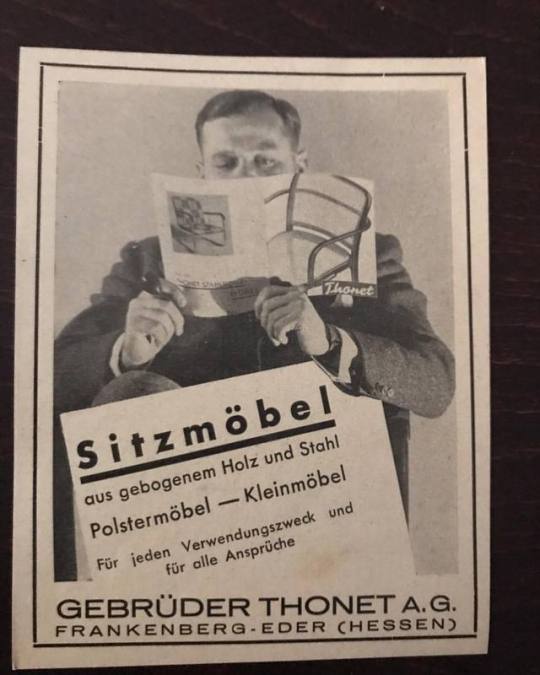
#bauhaus#thonet#original#Werbung#1932#stahlrohrmöbel #bugholzmöbel#veryrare #sehrselten #furnituredesign #tubularsteel #nichtzuverkaufen #Thonet #originalcondition#bauhausfurniture #bauhausdesign #modernism#functional#Gebrüder Thonet AG #Frankenberg# https://www.instagram.com/p/BxB3avrnOYO/?igshid=1ifvirjojb2qo
#bauhaus#thonet#original#werbung#1932#stahlrohrmöbel#bugholzmöbel#veryrare#sehrselten#furnituredesign#tubularsteel#nichtzuverkaufen#originalcondition#bauhausfurniture#bauhausdesign#modernism#functional#gebrüder#frankenberg
0 notes
Photo

Boppard chair, Michael Thonet, c. 1836-1840, Minneapolis Institute of Art: Decorative Arts, Textiles and Sculpture
top of back support slightly curved; central back support bar is made up of two U-shapes with three lozenges between; cane seat; curved bent wood legs, feet and side supports Indelibly identified as classics of modern design, the remarkable bentwood furnishings of Gebrüder Thonet continue to turn heads more than a century later. The history of bentwood furniture dates back centuries, but it was Michael Thonet, an enterprising cabinetmaker from Boppard-am-Rein in Germany, who propelled the notion of steam-bending woods (and subsequently, tubular metal) into the 20th century, representing a significant passage from craft to industrial production. In 1819, Thonet began producing delicate, lightweight Biedermeier designs in his hometown, one surrounded by forests. This led to experiments with laminated wood a decade later. Having gained the patronage of Prince Metternich, he moved to Vienna where this side chair was made. Today, this chair serves as a celebrated example in which the stylish forms of Biedermeier furniture converge with a new, revolutionary technology. Incidentally, we continue to struggle with the correct pronunciation, many preferring the French Tho-Nay rather than the correct German TONN-ett. Size: 33 1/4 x 16 7/8 x 19 in. (84.46 x 42.86 x 48.26 cm) Medium: Bent and laminated wood, walnut veneer, cane
https://collections.artsmia.org/art/96908/
4 notes
·
View notes
Photo

La Forêt Noire - Thonet ( Gebrüder Thonet Vienna )
18 notes
·
View notes

